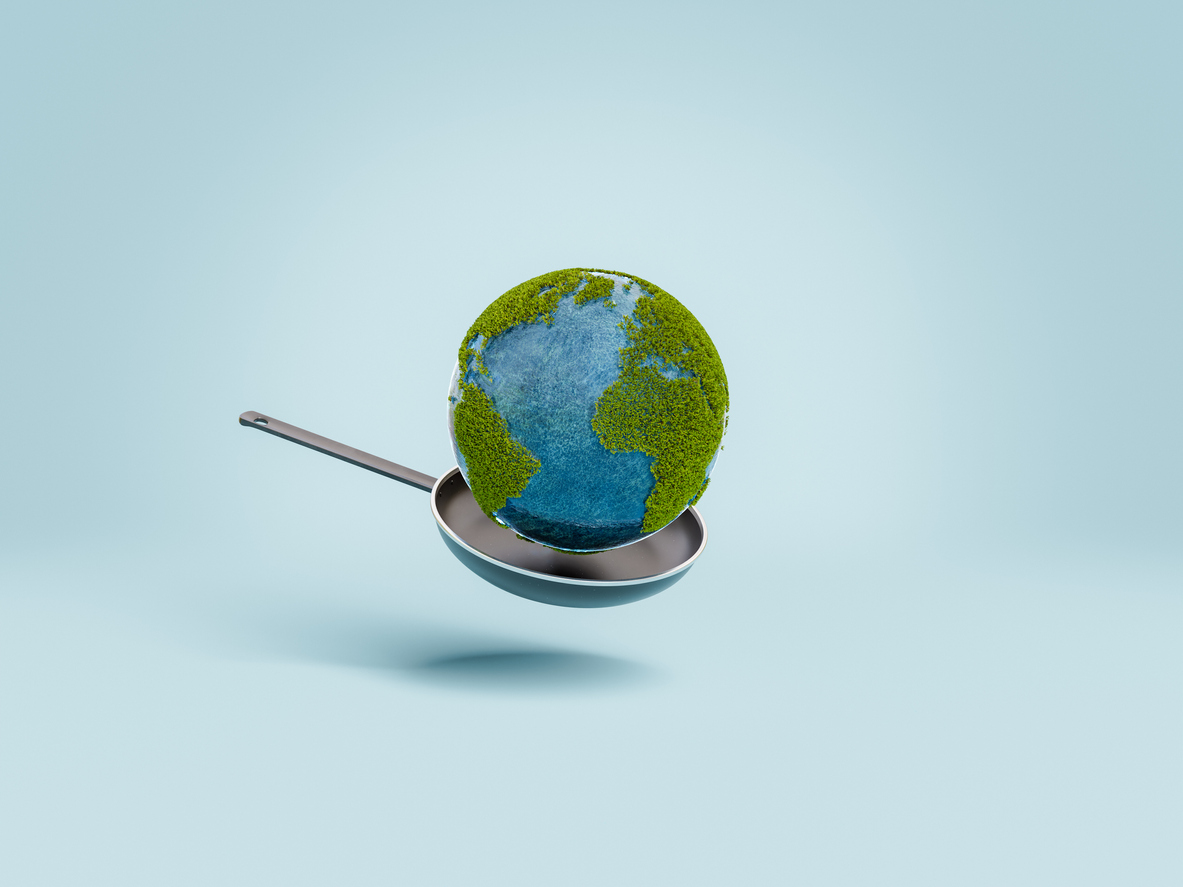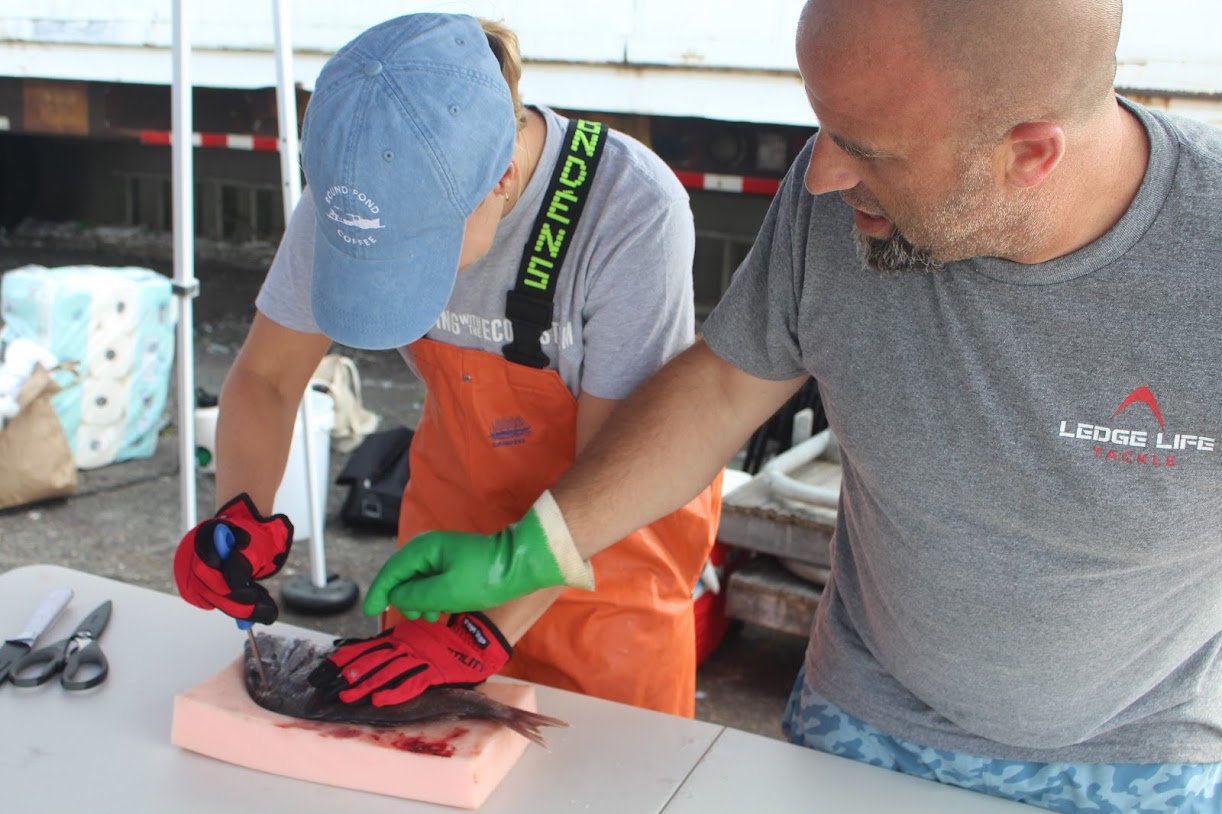Local Indigenous People Gather to Reclaim Their Culture Through Food Sovereignty
November 5, 2020
We learn about how the buffalo of the Great Plains were wiped out in an act of brutal warfare that starved native people into submission. Then there’s the sad tale of the wild salmon in northern California that sustained the local Yurok Tribe until the government made salmon fishing a crime. But amidst the annihilation, destruction, and cruelty, we learn about the recent effort by many tribes to renew traditional foodways, to heal heart and earth.
This tale of renewal and perseverance is being woven locally, and these efforts were highlighted by members of the Narragansett and Wampanoag tribes during an online Oct. 29 talk and Gather viewing hosted by Hope’s Harvest RI.
“I’m Loren Spears and I’m the executive director of the Tomaquag Museum,” she said. “I’m Narragansett-Niantic, and welcome to the homelands of the Narragansett people.”
The Narragansett, or “people of the little points and bays,” have made the areas of present-day Warwick to South Kingstown their home for more than 30,000 years. Throughout this time, a deep connection to the land and the wonders it provided was formed, and the fruits of the earth — tart cranberries, briny clams, leaping herring — were celebrated and treasured.
“If you follow your food, you can tell a lot about who you are,” said Cassius Spears, a Narragansett Tribe member.
Cassius and his wife, Dawn, spearheaded tribal efforts to be self-sustaining in 2015, launching the now-defunct Narragansett Food Sovereignty Initiative at Crandall Minacommuck Farm. The 150-acre farm in Westerly is surrounded by wetlands, a white cedar forest, and contains sites of historic and cultural significance for the Narragansett Tribe.
“As indigenous people, we don’t really separate ourselves from food because in order to do that, you would have to separate yourself from your culture and the very identity of who you are,” Cassius said.
But throughout history, many tribes were forcibly ripped from the land and their traditional foods, and in replacement, given government-provided commodity goods that were a far cry from the venison and flint corn of their ancestors.
“I was traveling out West one time and an elder came up to me and he was telling me about commodity foods, and he said, ‘Oh yeah, when I was little, I remember them bringing by butter and flour and coffee beans,’” Cassius recalled. “And he said, ‘We used to use the butter and flour and I could understand, but man, we baked those beans, we fried those beans, we boiled those beans. … I just don’t understand how they eat ’em!’”
But there were also greater evils than coffee beans — namely, a lack of grocery stores and healthy food options on many reservations — that have had a profound impact on Native American communities. According to the Centers for Disease Control and Prevention, Native Americans are twice as likely as White people to have diabetes, and two out of three Native Americans have kidney failure caused by diabetes.
There is a sobering moment in “Gather” when Sammy Gensaw of the Yurok Tribe says, “I know I’ll probably die from health-related issues because I grew up in a food desert.”
But while the terrors of the past have destroyed the lives of many Indigenous communities, there will always be hope, and food sovereignty is one path forward.
“Sovereignty … it’s the idea of passing on those traditions that are part of the healing of that intergenerational trauma,” Lorén said. “The dominant society has oppressed us in a way that has caused poverty and dispossessed us of the land and access, but how we fight back is through food sovereignty and asserting our right to have access to these foods, to go harvesting, to go fishing and shell fishing, to hunt and grow, and to have each generation be a part of that. When you can hold up an ear of heirloom flint corn that is from your ancestors’ corn that you’re growing today … there’s something really, really powerful about that.”




I recently read in Eating Well, November 2020 magazine of a somewhat similar project happening in California. The Ohlone Tribe are reviving their culture and cuisine through Cafe Ohlone, https://sf.eater.com/2020/10/28/21535007/cafe-ohlone-takeout-box-meal-kit . Non profit https://www.makamham.com/